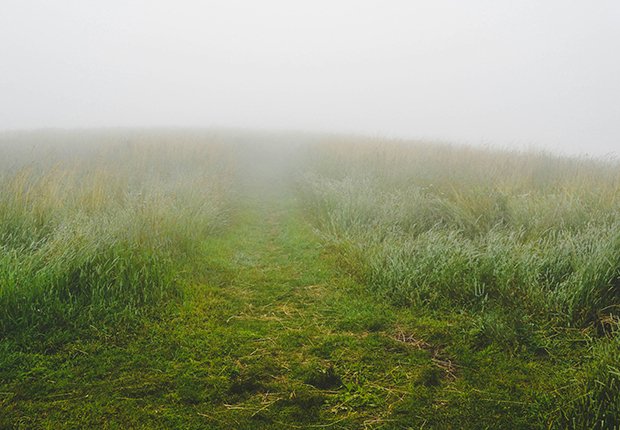In a post earlier this month, ‘Practice-based Research – Some new principles‘, I complained about practice-based research (/research-creation) being seen as ‘just another method’. The reason I gave there was primarily ethical:
Practice-based research is not ‘just another method’ on a menu of available procedures: it is an ethical choice, and represents a commitment to empathy, dialogue, and a journey on which we gather a collection of processes and experiences, with few easy answers.
But there’s another, perhaps more straightforward reason why practice-based research cannot be ‘just another method’. And that’s because it is just different.
In two sentences, here is the main point:
Other methods can describe what already is. Practice‑based methods are for exploring what could be.
Let me explain some more.
For many of the questions in the arts, humanities and social sciences, you want to describe social or cultural situations, people’s attitudes or modes of behaviour, or how social systems shape political and personal dynamics. For that, there’s a menu of methods which goes from big data and quantitative surveys through to more qualitative focus groups, workshops or interviews. For studying creative artists and their work, there’s a different menu which is often centred around reading absolutely everything written about a person, plus reading everything they ever did, said or wrote themselves.
All of the above is because you want to describe stuff that already is.
Practice-based research is not especially valuable for describing general phenomena, away from yourself, because that’s not what it’s for. If, for instance, you want to know what proportion of the people in Ontario are opposed to vaccines, or, more subtly, which different views on vaccines are held by which types of people in Ontario, and to what degrees, a creative practice-based project won’t get you very far. It’s just not one of those methods. There are better methods for getting you the broad descriptive numbers, and there are better methods for exploring in detail how different slices of society feel about such things.
Practice-based methods and research-creation are for exploring ideas and things that could be. They are not typically for description of the current state of the world. That’s not to say, of course, that they are disengaged from the world and its problems and limitations. Not at all. But we typically take the world and its problems and limitations as the starting-point: these things are basically known to us already, and from there, we go on a journey to learn something new.
Take for instance my student Deanna Armenti, who over the past year has embraced her genderfae identity, a genderfluid self associated with faeries, with the pronouns fae/faer. Her practice-based research journey includes – among other things – an exploration of this identity and will (potentially) represent and embody this experience in objects, textiles and environments.
That’s perfect for practice-based research (/research-creation) because Deanna is not seeking to describe an existing state, she is unlocking and unfolding whole new areas. The starting point is within her own experience and you might call that autoethnographic – but it also speaks to bigger things, including, in particular, the whole field of gender. Exploring genderfae might be seen as quite a particular niche – it’s a good and interesting niche – but also the project is about what it means when we open up new senses of gender beyond female/nonbinary/male – and what it can mean when we stir in folklore and stories and other ideas.
Practice-based research can explore these things with such depth and richness. The traditional methods mentioned earlier, whether quantitative or qualitative, could not. And this is why practice-based research or research-creation offers a whole world of fascinating exploratory and imaginative work which you just can’t access with other methods.
→ See other posts about practice-based research.








Leave a Reply